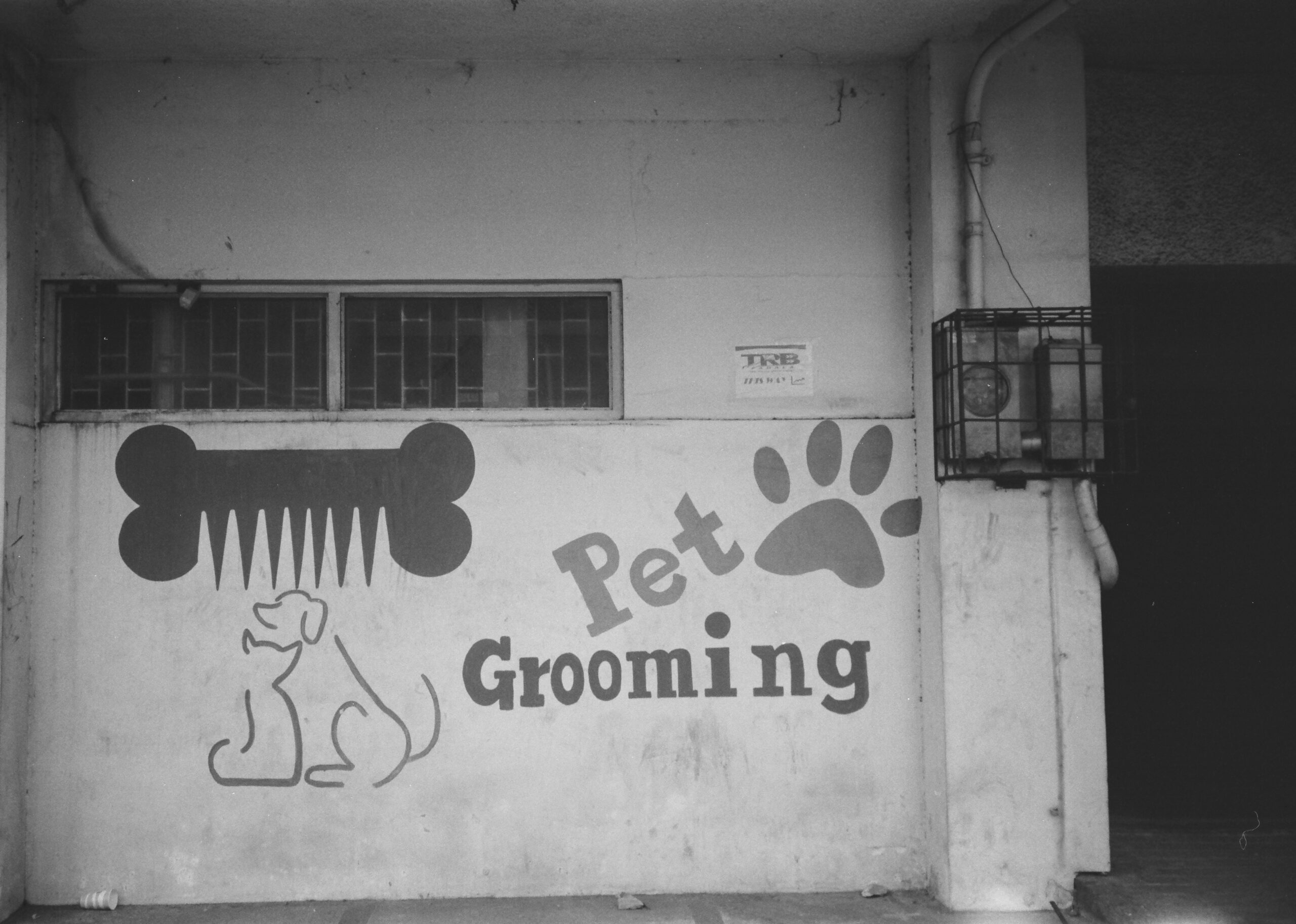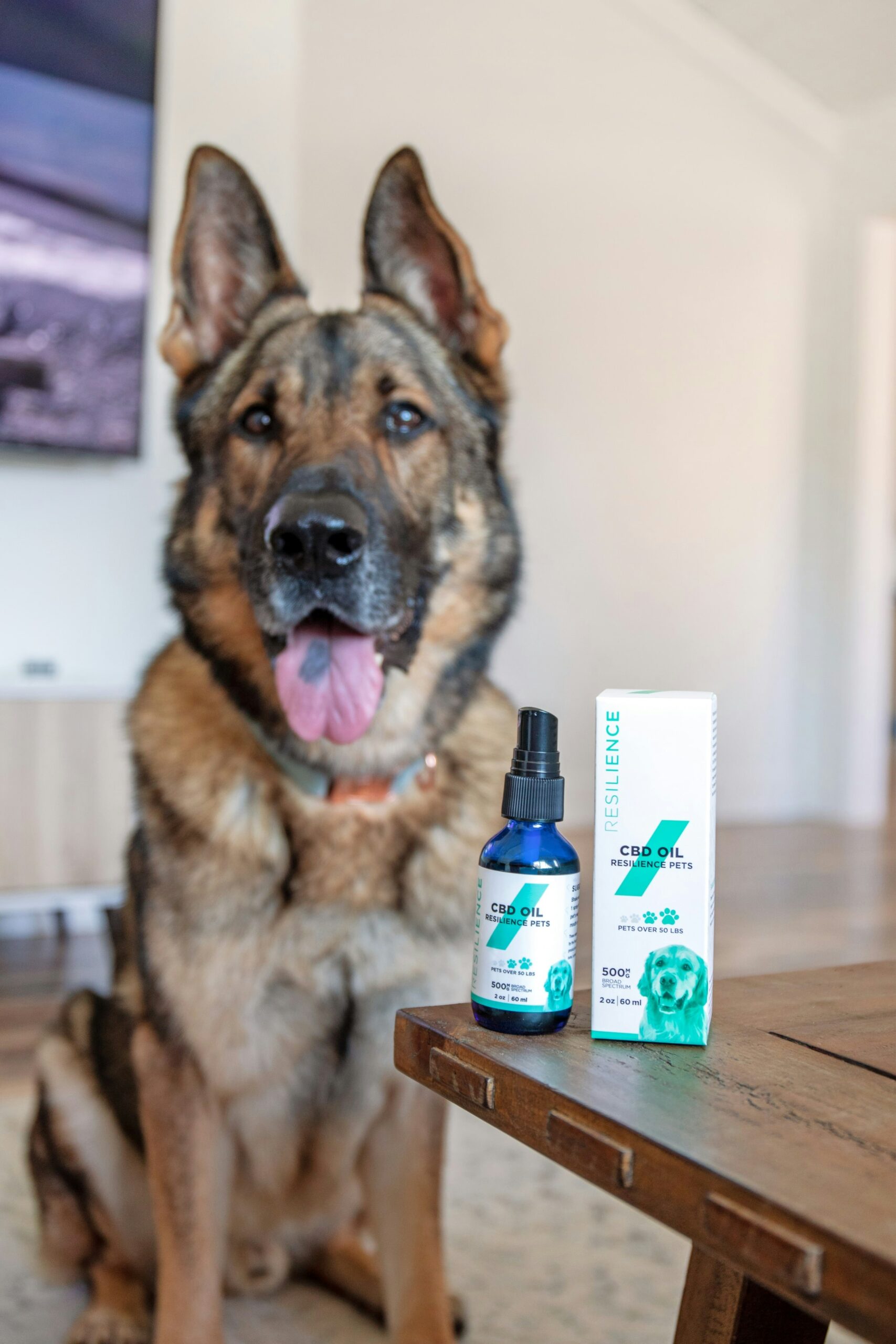Evaluating If You’re Ready to Be the Primary Caretaker for Your Pet
Understanding the Role of a Primary Caretaker
Being the primary caretaker for a pet is a significant responsibility that goes beyond merely enjoying their company. As the main caregiver, you are tasked with ensuring your pet’s needs are met consistently and comprehensively. This includes providing essential sustenance such as food and water, which require daily attention and adherence to any dietary restrictions or guidelines.
Exercise is another critical component of your duty as a primary caretaker. Regular physical activity is vital for maintaining your pet’s health and preventing issues related to obesity and boredom. Depending on your pet’s species and breed, this could range from daily walks to more specialized forms of activity. Grooming, too, cannot be overlooked, as it affects both the physical and psychological well-being of your pet. Regular brushing, bathing, nail trimming, and dental care are all facets of this responsibility.
Healthcare is paramount for the longevity and quality of life of your pet. This involves routine veterinary visits, vaccinations, and prompt attention to any signs of illness. Preventative care such as flea, tick, and heartworm protection also falls within this sphere. Equally important is providing emotional support; pets thrive on social interaction and affection. This means spending quality time with your pet, engaging in play, and ensuring they feel secure and loved.
Consistency in all these aspects is crucial. A primary caretaker must establish and maintain a stable routine to help their pet feel secure and balanced. Inconsistent care can lead to stress, anxiety, and various health problems for your pet. Ultimately, the role of a primary caretaker involves a blend of practical skills and emotional intelligence, aimed at fostering a thriving and harmonious relationship.
Assessing Your Time Commitment
When considering becoming the primary caretaker for a pet, evaluating your available time is crucial. Different types of pets require varying levels of attention and care, and understanding these requirements can help ensure a harmonious relationship. For instance, dogs typically demand the most significant time commitment. They require daily walks, playtime, feeding, and grooming. Puppies, in particular, necessitate even more time due to house training and socialization needs. On average, a dog owner should expect to dedicate at least one to two hours per day solely to their pet.
Cats, while generally more independent than dogs, also require dedicated care. Daily feeding, litter box cleaning, and interactive play sessions are essential to maintain a cat’s health and well-being. Although cats can be left alone for longer periods than dogs, they still benefit from social interaction and mental stimulation. An owner should plan to spend at least 30 minutes to an hour each day engaging with their feline companion.
Smaller pets such as fish, while not requiring active interaction, still need a commitment of time for maintenance. Regular tasks include feeding, water quality checks, and tank cleaning. Depending on the species, this could range from a few minutes daily to more extensive weekly maintenance.
Balancing pet care with other daily responsibilities is essential. Whether you need to juggle work, family, or personal errands, it’s important to account for how a pet will fit into your existing schedule. For those with particularly hectic lives, determining if arrangements for pet care during busy periods can be made, such as hiring a dog walker or pet sitter, is vital.
Ultimately, understanding the time investment involved in pet care is essential for the welfare of the animal and peace of mind for the owner. Thoroughly assessing your daily schedule and ensuring you can consistently meet your pet’s needs will pave the way for a rewarding and responsible pet ownership experience.
Evaluating Financial Preparedness
Pet ownership demands a significant financial commitment, encompassing various recurring and one-time expenses. Foremost among these are the costs for food, a fundamental need for any pet. Depending on the size, age, and specific dietary requirements, monthly food expenditures can range from $30 to $100. High-quality, specialized diets can further elevate this cost.
Veterinary visits also constitute a crucial element of pet care. Routine check-ups typically occur annually or semi-annually, with each visit averaging between $50 and $100. Additionally, these visits may reveal the need for specific treatments or medications, further increasing the expenditure. Regular grooming for certain breeds should not be overlooked, as professional services may cost between $30 and $90 per session, typically needed every few months.
Equally important are vaccinations, which protect your pet from various diseases. Initial vaccinations for puppies and kittens can cost from $75 to $100, followed by annual boosters costing between $20 and $50. Spaying or neutering, another essential medical procedure, typically costs between $100 and $300, varying by location and clinic.
One of the most unpredictable aspects of pet ownership is emergency medical care. Accidents or sudden illnesses may necessitate urgent veterinary intervention, potentially costing hundreds or even thousands of dollars. It is prudent to consider pet insurance as a mitigating measure for such unanticipated expenses. Pet insurance premiums vary based on the pet’s breed, age, and health, typically ranging from $20 to $70 per month.
A comprehensive budget breakdown might look like this: monthly food ($30-$100), routine vet visits ($50-$100 per visit), grooming ($30-$90 per session), vaccinations and boosters ($20-$100 annually), and emergency care costs. Assessing all these factors, potential pet owners must evaluate their financial stability and ensure they are prepared for the long-term financial responsibilities accompanying pet ownership.
Considering Your Lifestyle and Living Environment
When contemplating taking on the role of the primary caretaker for a pet, examining your lifestyle and living environment is crucial. Different pets have varying needs, and these requirements must align with your daily routine and living situation to ensure the pet’s well-being.
Firstly, consider the size of your living space. For instance, larger dogs usually thrive in homes with ample space and access to outdoor areas. In contrast, small pets like cats, birds, or small-breed dogs can adapt more easily to apartment living, provided they have adequate stimulation and exercise. If you live in a busy urban area, the logistics of taking a larger dog to a park for exercise may become an additional consideration.
Another vital factor is your schedule. Pets such as dogs require regular walks, playtime, and attention. If you have a demanding job or a frequently changing schedule, meeting these needs may prove challenging. On the other hand, cats and other pets with lower maintenance requirements may adapt better to a busier household. However, any pet should never be left unattended for long periods without care, and arrangements for their needs should be in place.
Moreover, consider access to outdoor areas. While dogs often need outdoor space for exercise and play, indoor pets like fish or hamsters might not have this requirement. If you live in an apartment without nearby parks or green spaces, determining whether you can meet a pet’s exercise needs is paramount.
In addition, household dynamics should not be overlooked. If you have a multi-member household, it’s important to ensure everyone is on board and willing to share pet care responsibilities. Pets like birds or reptiles may not require as much hands-on attention, fitting well in diverse household environments.
Ultimately, analyzing your lifestyle and living environment will provide a clearer picture of whether you are ready to be the primary caretaker for a pet, ensuring you can offer consistent, responsible care.
Understanding Specific Needs of Different Pets
Embarking on the journey of becoming a primary caretaker for a pet involves a substantial commitment to understanding the unique needs of various types of animals. This detailed understanding ensures the health, happiness, and well-being of your future companion.
Dogs, for instance, require substantial physical activity, and their robust need for social interaction should not be underestimated. Regular exercise, daily walks, and mental stimulation are crucial components of a healthy canine lifestyle. Additionally, dogs benefit from training and consistent routines, which help them feel secure and behaved.
Cats, on the other hand, are more independent. They still need attention and stimulation but in different ways. Providing a stimulating environment includes opportunities for climbing, scratching, and play. Regular grooming, especially for long-haired breeds, and maintaining a clean litter box are also essential aspects of feline care.
Small mammals such as rabbits, guinea pigs, and hamsters have their own specific needs. A dietary plan rich in hay, vegetables, and specialized pellets forms the backbone of their nutrition. Habitat cleanliness and mental enrichment, such as chew toys and tunnels, play critical roles in their overall health.
Birds, known for their intelligence and social nature, often require the most interaction of all pets. They thrive in environments that provide mental stimulation through toys, puzzles, and regular human interaction. Additionally, a balanced diet, plenty of space for flight, and proper hygiene standards are indispensable to their welfare.
Reptiles, including turtles, snakes, and lizards, have unique environmental and dietary requirements. These creatures often need specific temperature, humidity, and lighting conditions to mimic their natural habitats. Additionally, their diets can be quite varied, requiring careful research to provide the required nutrients.
The diversity in care requirements among different types of pets highlights the importance of thorough research before committing to being a primary caretaker. Each pet brings joy and companionship, but they also come with responsibilities that need to be matched with adequate knowledge and preparedness.
Assessing Your Emotional and Physical Readiness
Becoming the primary caretaker for a pet requires both emotional and physical readiness. Pets need constant emotional support, and as a caretaker, your mental well-being tremendously impacts your ability to provide this. Pets can bring joy and companionship, but they also have their own emotional needs. They rely on their caretakers to offer affection, attention, and reassurance. Whether you are soothing a stressed cat, entertaining a playful dog, or bonding with a bird, your emotional presence is invaluable. It is important for potential pet owners to gauge their mental health and availability for such commitments. If you are experiencing high levels of stress or dealing with significant life changes, it may be prudent to consider whether now is the appropriate time to take on the emotional responsibility of pet care.
Beyond emotional readiness, physical readiness is equally crucial. The demands of pet ownership vary by species but routinely involve activities that require a degree of physical capability. For instance, walking a dog daily not only provides essential exercise for the pet but also significantly impacts the owner’s physical activity level. This is particularly relevant for larger or more energetic breeds that require frequent and lengthy walks. Similarly, maintaining a clean habitat for smaller pets such as hamsters, birds, or reptiles involves regular cleaning and environmental upkeep.
Furthermore, certain pets may necessitate more complex physical duties. Grooming dogs, setting up and maintaining aquariums, or managing the care for a horse includes tasks that range in physicality. Engaging and playing with your pet, be it through outdoor activities or indoor interactions, will also take a toll on your physical energy. Prospective pet owners should closely evaluate their own physical health and stamina to ensure they can meet these responsibilities comfortably.
Overall, both emotional and physical readiness are fundamental in determining if one is prepared to be the primary caretaker for a pet. Careful consideration of these factors can ensure a harmonious and fulfilling relationship between you and your potential new companion.
Planning for Long-Term Commitment
Pet ownership is not a short-term endeavor; it demands a significant, long-term commitment that spans the entire lifespan of your pet. Depending on the type of animal you choose, this can range from a few years to several decades. For instance, while some smaller rodents and fish may have relatively short lifespans, dogs and cats often live fifteen years or longer, and certain exotic pets such as parrots might even outlive their owners.
Before taking on the responsibility of being a primary caretaker for a pet, it is vital to evaluate upcoming major life changes which could affect your capability to provide consistent, quality care. Consider scenarios such as relocating for a job, major career shifts, beginning a family, or other significant commitments. These changes could potentially disrupt your ability to offer the stability and attention that a pet requires for their well-being.
Additionally, long-term planning should involve recognizing the financial obligations tied to pet care, such as routine veterinary visits, grooming, specialized diets, and potential emergency medical expenses. It’s essential to ensure you have the financial stability to sustain these costs throughout the pet’s life. Evaluate your current and projected financial situation to ensure you can support your pet without compromising on their needs or your quality of life.
Emotional readiness is another critical aspect of planning for a long-term commitment. Pets rely heavily on their caretakers for emotional support and companionship. Carefully consider if you are ready to provide the emotional support a pet needs, especially during periods such as illness, aging, or behavioral challenges.
A successful pet-owner relationship is built on mutual trust and dependability. By thoroughly evaluating your long-term readiness, you can make an informed decision, ensuring that both you and your new pet can look forward to many joyful and healthy years together.
Resources and Support Systems
Deciding to become the primary caretaker for your pet is a significant responsibility that entails more than just a loving heart. The cornerstone of effective pet care is having a robust support system and access to essential resources that can help you navigate the rigors of pet ownership. Among these resources, reliable veterinarians play a crucial role. Regular check-ups and vaccinations are vital to your pet’s health, and having a trusted vet ensures that you can address any medical concerns promptly and competently.
Another essential component is having access to dependable pet-sitters and pet-walking services. Whether you’re away for work or vacation, knowing that a responsible individual is looking after your pet provides peace of mind. Many professional pet-sitting and walking services are available to help in this regard. Websites such as Rover or local community boards can be excellent starting points for finding reliable services in your area.
Furthermore, the support of family and friends can be invaluable. They can offer emotional support and practical assistance, such as feeding or walking your pet when you’re unable to do so. Building a network of supportive individuals who share your commitment to pet care can make a significant difference in managing the many demands of being a primary caretaker. Developing a community of fellow pet owners is also beneficial. Joining local pet groups or online forums can provide opportunities to share advice, experiences, and even arrange playdates, which contribute to your pet’s social development.
There are numerous platforms and services designed to support pet owners. Websites like PetCare.com, community centers, and local pet stores often have directories of professionals and services tailored to pet care needs. By leveraging these resources, you can create a comprehensive support system that ensures your pet receives the best care possible. Proper preparation and a strong network will not only make the experience more manageable but also more rewarding for both you and your pet.















Post Comment